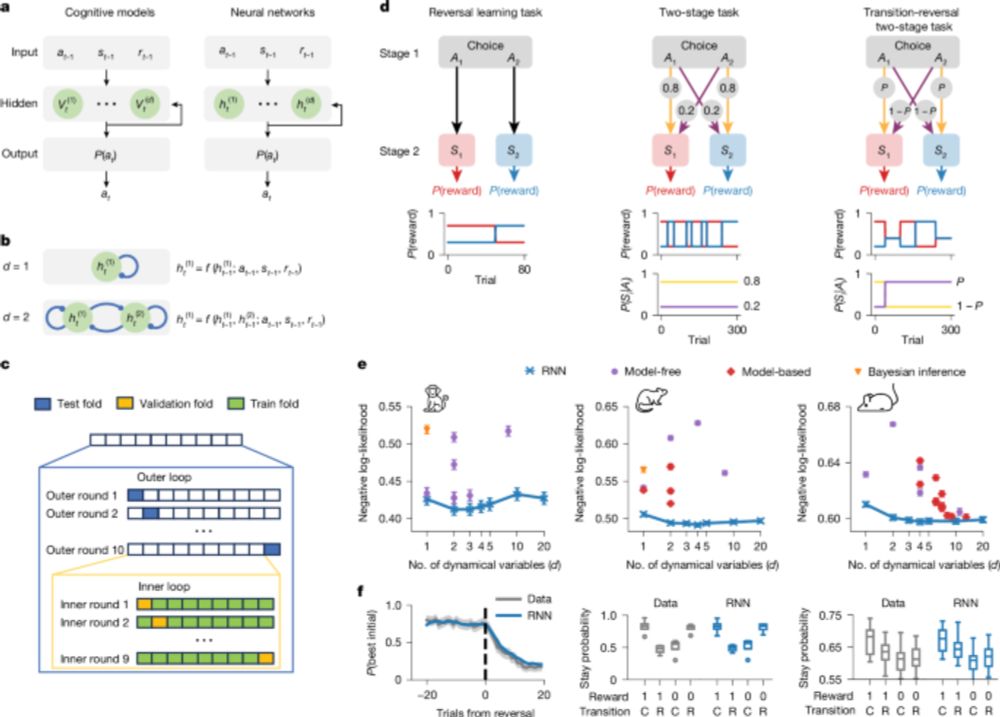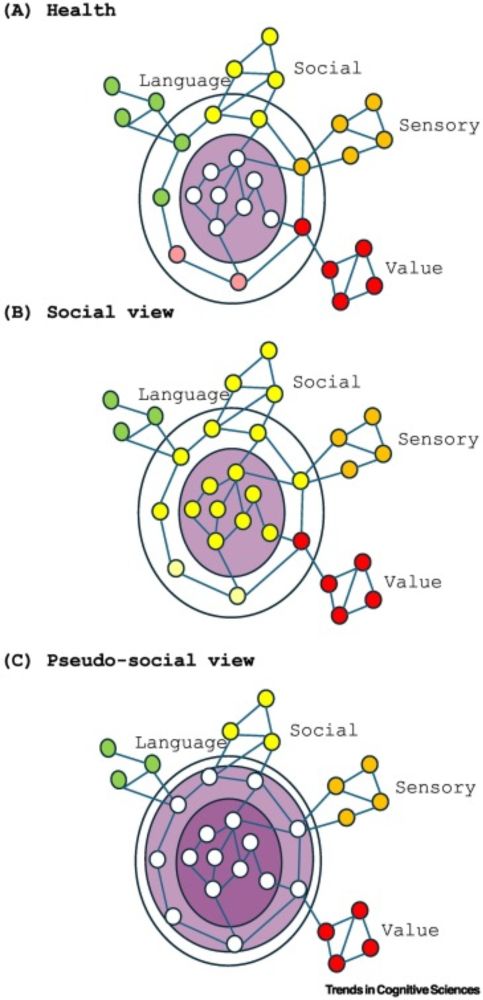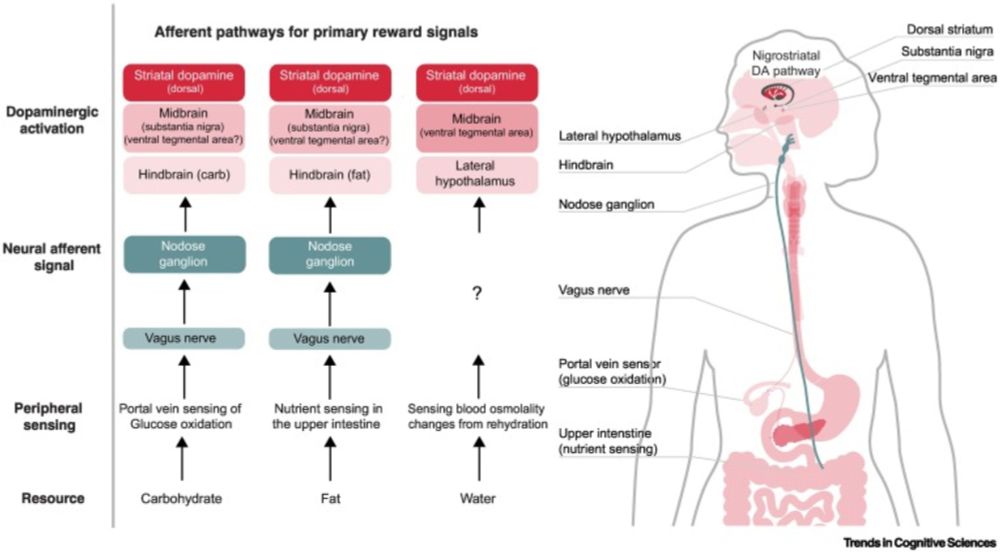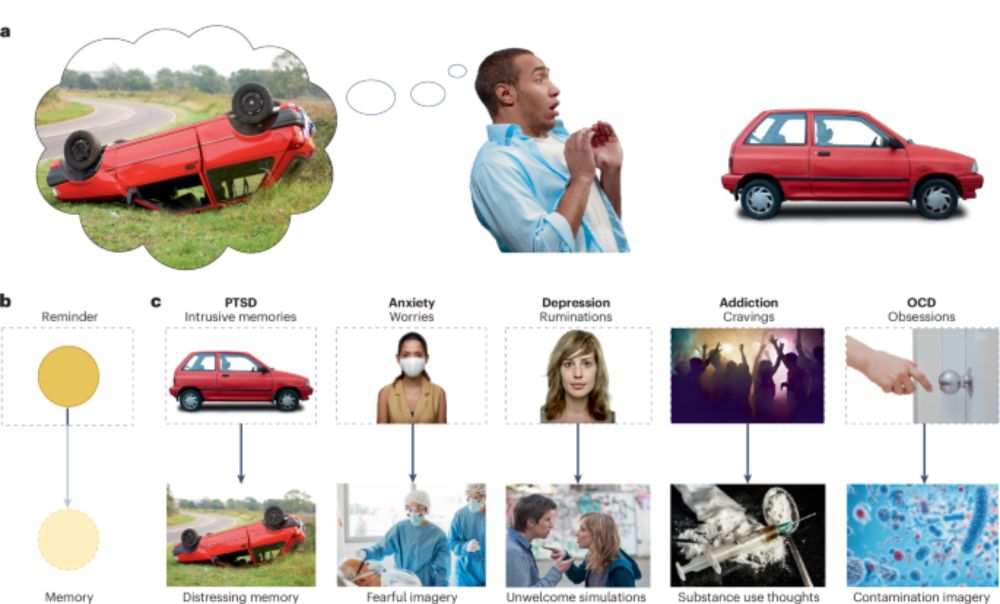** Recruiting a postdoc ** We are looking for a postdoc to work on emotion, mental health, and interoception, based in London at @ucl.ac.uk in my lab (Clinical and Affective Neuroscience). Part of a large Wellcome Grant (co-led with the brilliant @camillanord.bsky.social)
24.11.2025 12:22 — 👍 82 🔁 87 💬 1 📌 1

Pleased to share new work with @sflippl.bsky.social @eberleoliver.bsky.social @thomasmcgee.bsky.social & undergrad interns at Institute for Pure and Applied Mathematics, UCLA.
Algorithmic Primitives and Compositional Geometry of Reasoning in Language Models
www.arxiv.org/pdf/2510.15987
🧵1/n
27.10.2025 18:13 — 👍 74 🔁 15 💬 1 📌 0
Introducing hMFC: A Bayesian hierarchical model of trial-to-trial fluctuations in decision criterion! Now out in @plos.org Comp Bio.
led by Robin Vloeberghs with @anne-urai.bsky.social Scott Linderman
Paper: desenderlab.com/wp-content/u... Thread ↓↓↓
#PsychSciSky #Neuroscience #Neuroskyence
25.09.2025 09:13 — 👍 51 🔁 30 💬 3 📌 0
SleepECG
If you are concerned with performance, I also recommend checking out SleepECG (Systole uses their version of the Pan-Tompkins algorithm under the hood) : sleepecg.readthedocs.io/en/stable/
16.09.2025 11:52 — 👍 1 🔁 0 💬 0 📌 0
Hi @koeniglab.bsky.social ! Thanks for the shout-out. I created Systole while I was a postdoc in the ECG lab, but since I left a few years ago, I am no longer actively maintaining it at the moment.
16.09.2025 11:52 — 👍 1 🔁 0 💬 1 📌 0
does someone good at coding & analysis want to work remotely w/ us in the coming few months (before end of 2025), as a paid consultant? project will be on neurofeedback (fMRI, ECoG, calcium imaging). we'll work towards developing the experiments & analysis pipelines together. if so pls DM me ur CV🧠📈
01.09.2025 13:06 — 👍 41 🔁 37 💬 4 📌 0

A Gaussian process showing that the allowed time series are forced to be compatible with data
I’m especially proud of this article I wrote about Gaussian Processes for the Recast blog! 🥳
GPs are super interesting, but it’s not easy to wrap your head around them at first 🤔
This is a medium level (more intuition than math) introduction to GPs for time series.
getrecast.com/gaussian-pro...
29.08.2025 17:11 — 👍 79 🔁 24 💬 2 📌 1

An illustration of a man falling out of a piece of paper, with text that says: How an academic betrayal led me to change my authorship practices.
"The day the paper was published should have been a moment of pride. Instead, it felt like a quiet erasure." #ScienceWorkingLife https://scim.ag/4p3eH5g
25.08.2025 13:24 — 👍 60 🔁 21 💬 2 📌 3
I made this Computational Psychiatry Starter Pack a while ago and was wondering if I may be missing anyone who has joined bluesky since?
I will add anyone who uses computational models to adress questions in psychiatry research. :)
go.bsky.app/5PTy9Zj
08.08.2025 07:32 — 👍 18 🔁 12 💬 11 📌 1
My first, first author paper, comparing the properties of memory-augmented large language models and human episodic memory, out in @cp-trendscognsci.bsky.social!
authors.elsevier.com/a/1lV174sIRv...
Here’s a quick 🧵(1/n)
26.07.2025 15:05 — 👍 67 🔁 19 💬 3 📌 3
OSF
After five years of confused staring at Greek letters, it is my absolute pleasure to finally share our (with @smfleming.bsky.social) computational model of mental imagery and reality monitoring: Perceptual Reality Monitoring as Higher-Order inference on Sensory Precision ✨
osf.io/preprints/ps...
23.07.2025 14:18 — 👍 129 🔁 35 💬 4 📌 4
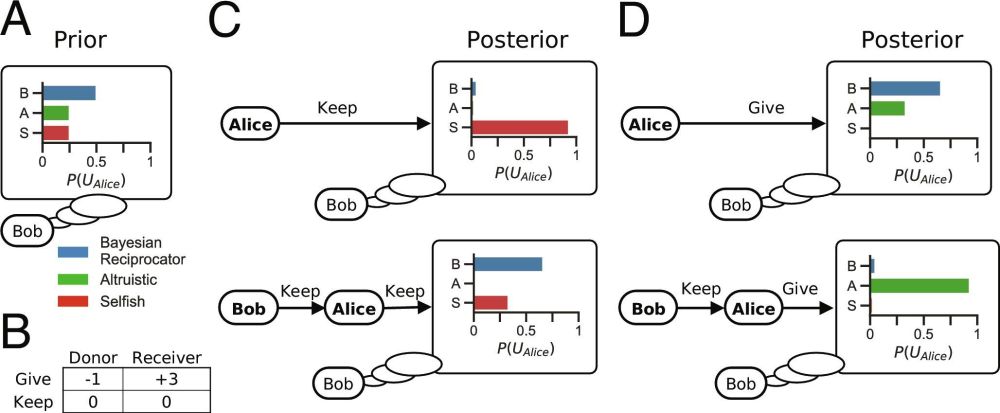
Evolving general cooperation with a Bayesian theory of mind | PNAS
Theories of the evolution of cooperation through reciprocity explain how unrelated
self-interested individuals can accomplish more together than th...
Our new paper is out in PNAS: "Evolving general cooperation with a Bayesian theory of mind"!
Humans are the ultimate cooperators. We coordinate on a scale and scope no other species (nor AI) can match. What makes this possible? 🧵
www.pnas.org/doi/10.1073/...
22.07.2025 06:03 — 👍 92 🔁 36 💬 2 📌 2
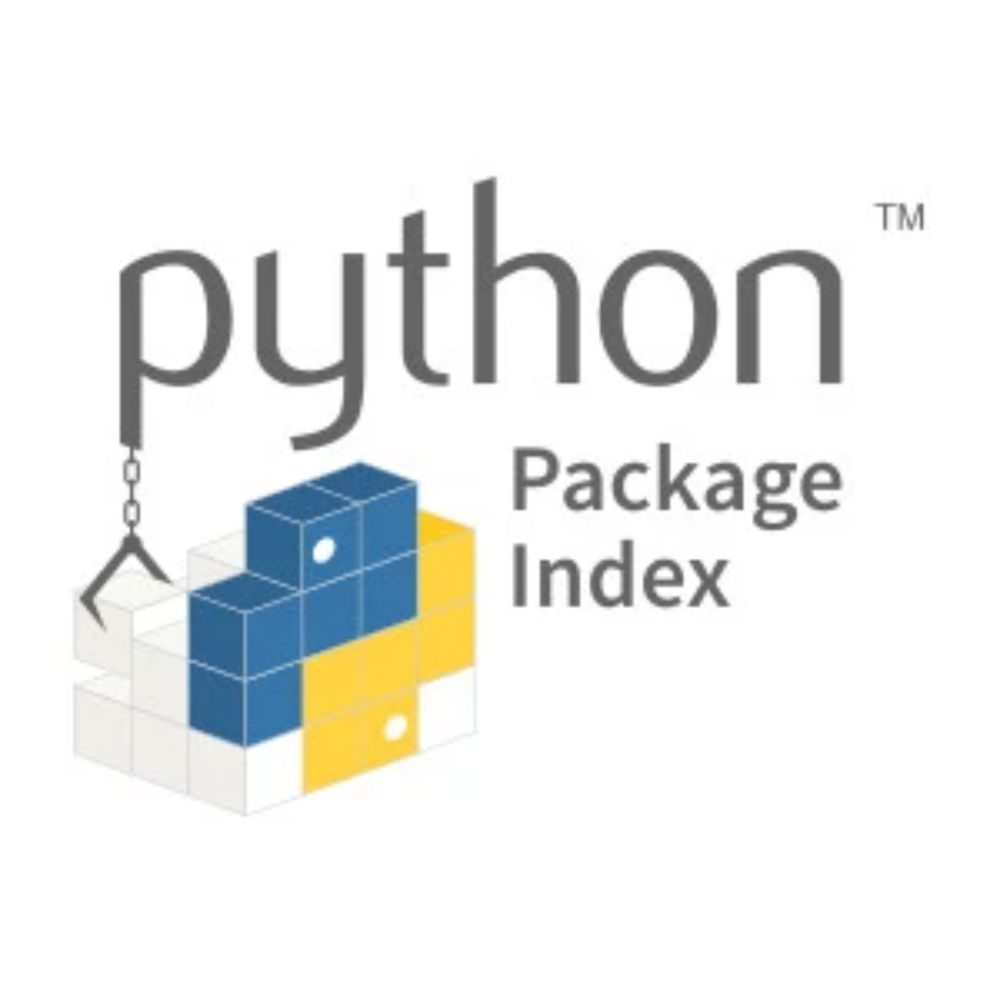
memo-lang
A language for mental models
memo is a new probabilistic programming language for modeling social inferences quickly. Looks like a real advance over previous approaches: fast, python-based, easily integrated into data analysis. Super cool!
pypi.org/project/memo...
and
osf.io/preprints/ps...
09.07.2025 20:56 — 👍 36 🔁 3 💬 0 📌 1
Interoception vs. Exteroception: Cardiac interoception competes with tactile perception, yet also facilitates self-relevance encoding https://www.biorxiv.org/content/10.1101/2025.06.25.660685v1
28.06.2025 00:15 — 👍 15 🔁 11 💬 0 📌 0
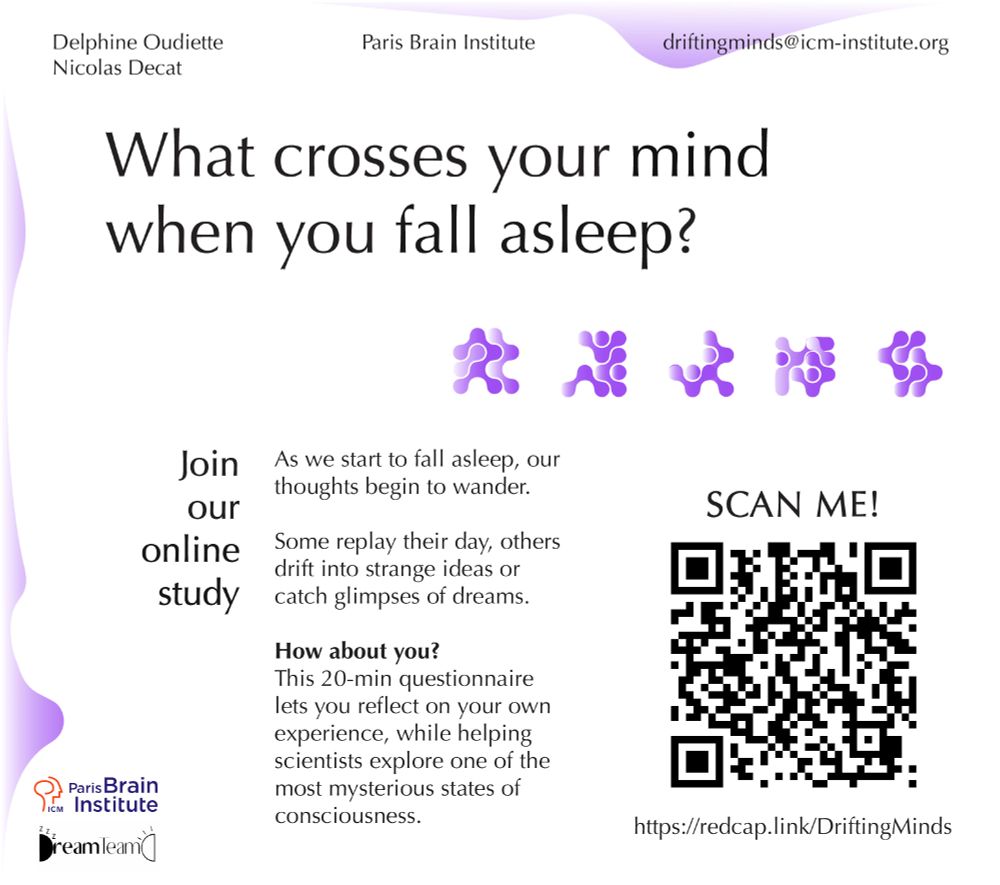
We need your help!!! 🧠🧪💤
If you are human, you fall asleep at least once a day! What happens in your mind then?
Scientists know actually very little about this private moment.
We propose a 20-min survey to get as much data as possible!
Here is the link:
redcap.link/DriftingMinds
19.06.2025 14:43 — 👍 50 🔁 40 💬 3 📌 6
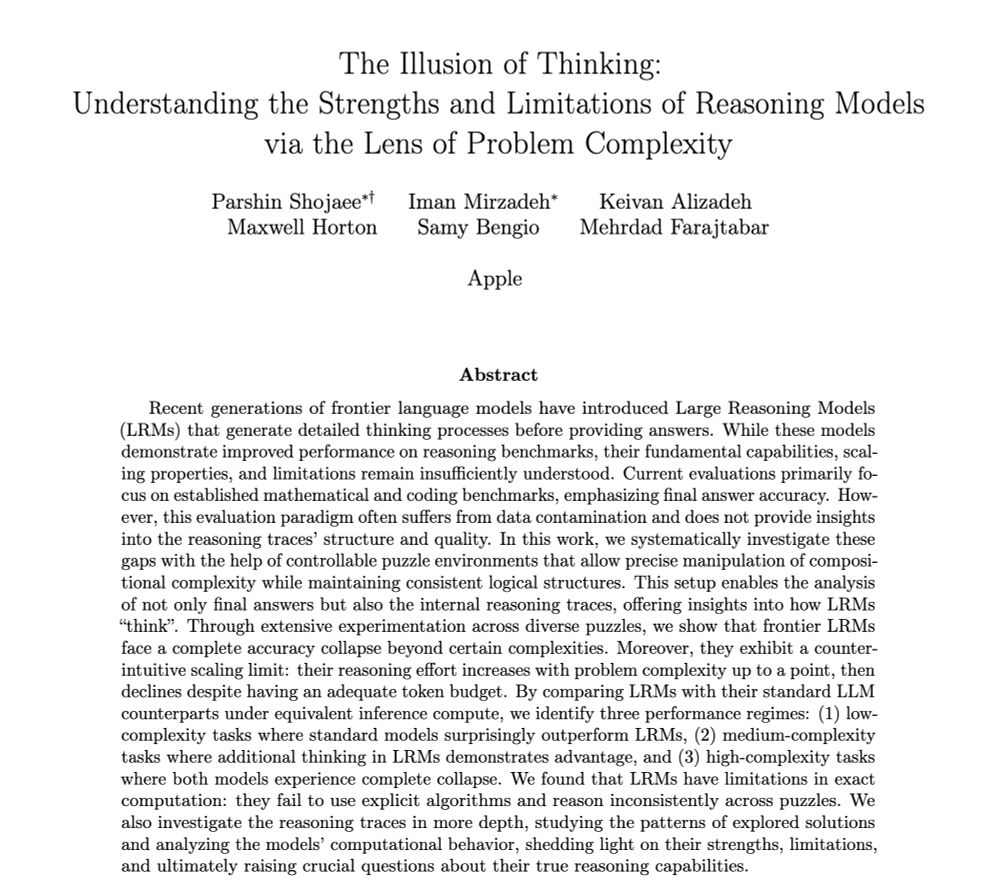
The Illusion of Thinking:
Understanding the Strengths and Limitations of Reasoning Models
via the Lens of Problem Complexity
Parshin Shojaee∗† Iman Mirzadeh∗ Keivan Alizadeh
Maxwell Horton Samy Bengio Mehrdad Farajtabar
Apple
Abstract
Recent generations of frontier language models have introduced Large Reasoning Models
(LRMs) that generate detailed thinking processes before providing answers. While these models
demonstrate improved performance on reasoning benchmarks, their fundamental capabilities, scal-
ing properties, and limitations remain insufficiently understood. Current evaluations primarily fo-
cus on established mathematical and coding benchmarks, emphasizing final answer accuracy. How-
ever, this evaluation paradigm often suffers from data contamination and does not provide insights
into the reasoning traces’ structure and quality. In this work, we systematically investigate these
gaps with the help of controllable puzzle environments that allow precise manipulation of composi-
tional complexity while maintaining consistent logical structures. This setup enables the analysis
of not only final answers but also the internal reasoning traces, offering insights into how LRMs
“think”. Through extensive experimentation across diverse puzzles, we show that frontier LRMs
face a complete accuracy collapse beyond certain complexities. Moreover, they exhibit a counter-
intuitive scaling limit: their reasoning effort increases with problem complexity up to a point, then
declines despite having an adequate token budget. By comparing LRMs with their standard LLM
counterparts under equivalent inference compute, we identify three performance regimes: (1) low-
complexity tasks where standard models surprisingly outperform LRMs, (2) medium-complexity
tasks where additional thinking in LRMs demonstrates advantage, and (3) high-complexity tasks
where both models experience complete collapse. We found that LRMs have limitations in exact
computation: they fail to use explicit …
If I have time I'll put together a more detailed thread tomorrow, but for now, I think this new paper about limitations of Chain-of-Thought models could be quite important. Worth a look if you're interested in these sorts of things.
ml-site.cdn-apple.com/papers/the-i...
08.06.2025 06:35 — 👍 333 🔁 65 💬 17 📌 9
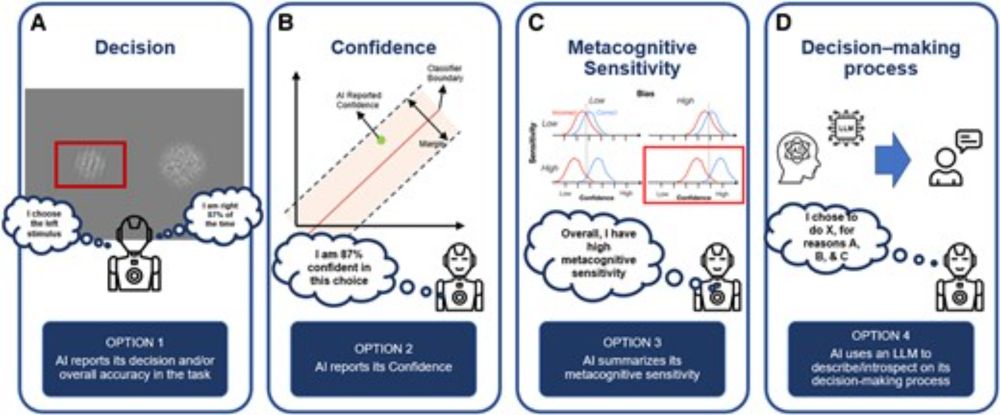
Metacognitive sensitivity: The key to calibrating trust and optimal decision making with AI
Abstract. Knowing when to trust and incorporate the advice from artificially intelligent (AI) systems is of increasing importance in the modern world. Rese
Led by postdoc Doyeon Lee and grad student Joseph Pruitt, our lab has a new Perspectives piece in PNAS Nexus:
"Metacognitive sensitivity: The key to calibrating trust and optimal decision-making with AI"
academic.oup.com/pnasnexus/ar...
With co-authors Tianyu Zhou and Eric Du 1/
27.05.2025 14:27 — 👍 11 🔁 6 💬 1 📌 0
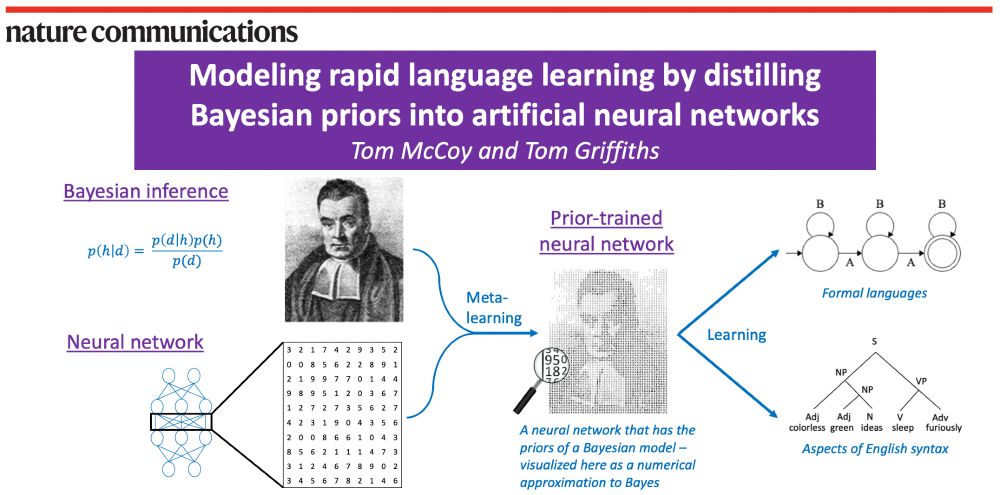
A schematic of our method. On the left are shown Bayesian inference (visualized using Bayes’ rule and a portrait of the Reverend Bayes) and neural networks (visualized as a weight matrix). Then, an arrow labeled “meta-learning” combines Bayesian inference and neural networks into a “prior-trained neural network”, described as a neural network that has the priors of a Bayesian model – visualized as the same portrait of Reverend Bayes but made out of numbers. Finally, an arrow labeled “learning” goes from the prior-trained neural network to two examples of what it can learn: formal languages (visualized with a finite-state automaton) and aspects of English syntax (visualized with a parse tree for the sentence “colorless green ideas sleep furiously”).
🤖🧠 Paper out in Nature Communications! 🧠🤖
Bayesian models can learn rapidly. Neural networks can handle messy, naturalistic data. How can we combine these strengths?
Our answer: Use meta-learning to distill Bayesian priors into a neural network!
www.nature.com/articles/s41...
1/n
20.05.2025 19:04 — 👍 154 🔁 43 💬 4 📌 1
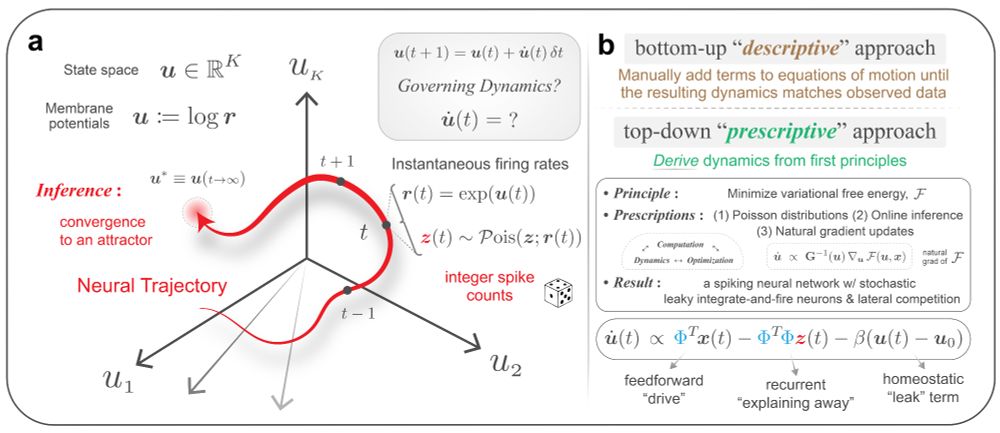
Elegant theoretical derivations are exclusive to physics. Right?? Wrong!
In a new preprint, we:
✅ "Derive" a spiking recurrent network from variational principles
✅ Show it does amazing things like out-of-distribution generalization
👉[1/n]🧵
w/ co-lead Dekel Galor & PI @jcbyts.bsky.social
🧠🤖🧠📈
19.05.2025 06:34 — 👍 36 🔁 13 💬 1 📌 3
PhD student at @bodybrainbehaviour.bsky.social | IBB (University of Münster)
Interested in body-brain interactions, interoception and all kinds of neuroscientific methods
PhD student in Mental Health Sciences at UCL
Interoception, computational modelling
Normalien | Cognitive Science MSc (Data Science & Modeling) from l'École Normale supérieure
The INCI explores the nervous system and its pathologies | L'INCI explore le système nerveux et ses pathologies | @CNRS | @unistra
Exploring how the brain uses specialized knowledge in domain-general cognition.
NeuroSPACE unites 4 labs led by @hansopdebeeck.bsky.social, @bertdesmedt.bsky.social, @kobedesender.bsky.social & @neuropsylab.bsky.social.
🌐 ppw.kuleuven.be/neurospace
PhD Student | École normale supérieure (Paris) | Computational Modeling of Meta-Cognition
The new foundation for documents: Limitless power to write, create, and automate anything that you can fit on a page.
Epigenetic Inheritance, Neuroscience & anything biology-related
https://www.odedrechavilab.com/
https://www.qedscience.com
Organizer of “The Woodstock of Biology”
TED: https://shorturl.at/myFTY
Huberman Lab Podcast: https://youtu.be/CDUetQMKM6g
Postdoctoral Researcher in Neuroscience, Computational Psychiatry, Machine Learning @University of Cagliari, Italy & @Khazar University, Azerbaijan
📚Ph.D. Fellow at TEXT: Center for Contemporary Cultures of Text
🔍Writer Identity in Human-AI Collaboration
📍Aarhus University, Denmark
Journalist, podcasthost and moderator
https://linktr.ee/mariehoest
Associate Prof at Roskilde University 🇩🇰. Director of the Digital Media Lab here. Research on Publics, Media, and Technology, inspired by STS and ANT.
Postdoc researcher, Roskilde University
Computational Social Science | Political Communication
teknoantropolog, underviser og researcher hos Cybernauterne.
programmør in the making @ KEA
snakker meget om digitale kulturer, normkritisk tilgang til sociale medier og internettet samt hvorfor "AI" er cursed
de/den
Official account for the Biological Psychiatry family of journals.
Publishing cutting-edge research in psychiatric neuroscience, cognitive neuroimaging, and global open science.
The latest psychological research, digested by the British Psychological Society. www.bps.org.uk/research-digest
Sign up for our free weekly newsletter: www.tinyurl.com/digestemail
For over 120 years we’ve championed our members & psychology as a discipline. For customer support contact: info@bps.org.uk. Shares & ❤ not (always) endorsements.
Using multimodal quantitative methods to study mental health & disorders











